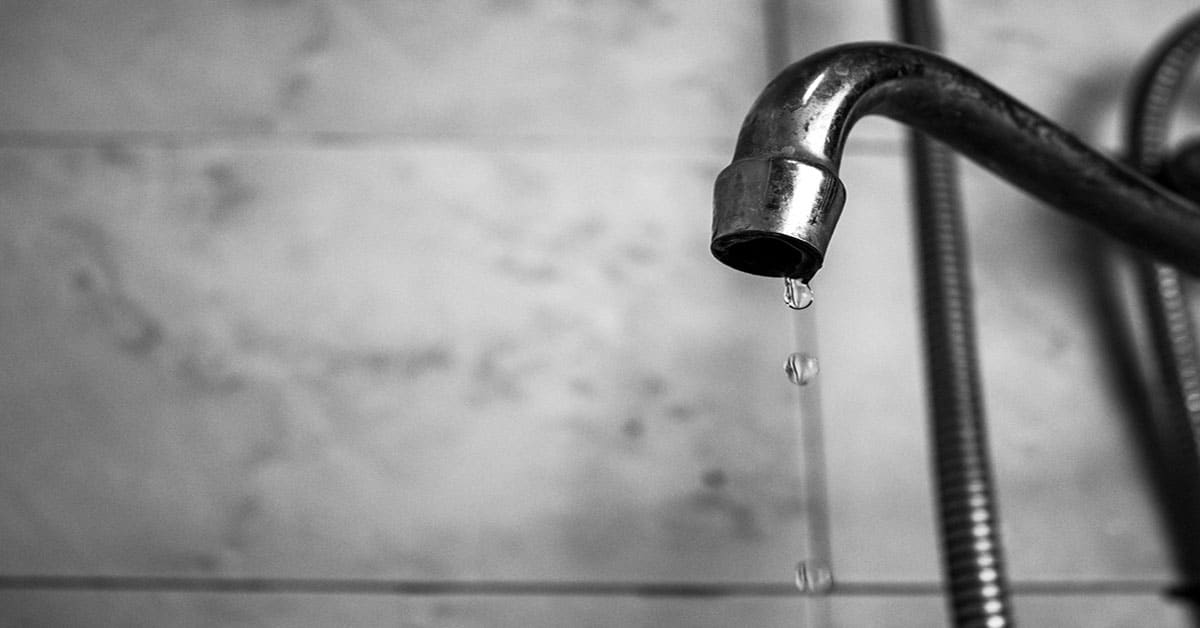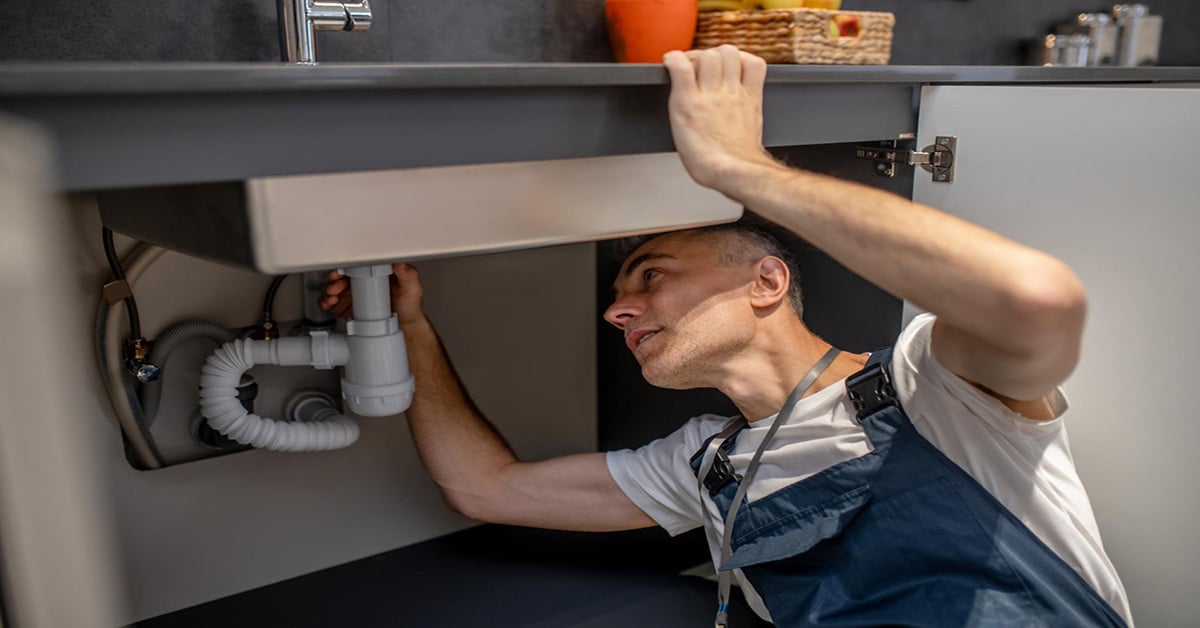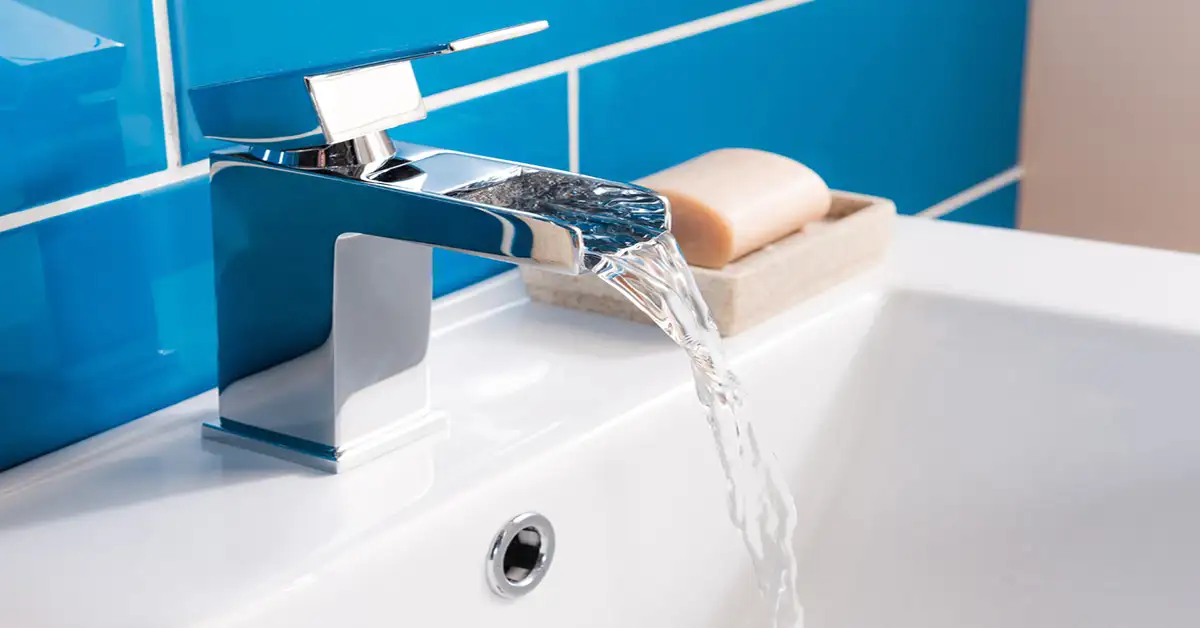When the faucet’s trickle feels more like a gentle whisper than a roaring waterfall, and a shower’s soothing spray devolves into a lackluster drizzle, the seemingly minor issue of low water pressure in house takes center stage. This subtle yet insidious phenomenon has the uncanny ability to transform the most mundane daily tasks into frustrating challenges that leave us questioning the very foundations of modern living. But fear not, dear reader, for in this comprehensive exploration, we shall not only delve into the depths of low water pressure’s murky origins but also illuminate the vital importance of addressing this watery woe.
The significance of tackling low water pressure in our homes transcends the realm of mere convenience. While we often take for granted the powerful flow of water that graces our sinks, showers, and appliances, maintaining a consistent and optimal water pressure is paramount to the efficiency and longevity of our plumbing systems. By acknowledging the urgency of this issue, we can prevent a cascade of costly and disruptive problems, safeguarding both our sanity and our savings. So, let us embark on this journey together, arming ourselves with knowledge and expertise to triumph over the age-old nemesis of low water pressure and emerge victorious in our pursuit of a harmonious home life.
See also: Water Pressure Repair Services in Toronto
Common Causes of Low Water Pressure in House
In our relentless quest to conquer low water pressure, it is first essential to understand the root causes of this dampening affliction. Armed with this knowledge, we can better navigate the labyrinthine world of plumbing and emerge victorious. Let us delve into the most common culprits of low water pressure, each presenting unique challenges and requiring tailored solutions.
At times, the very arteries that transport life-giving water throughout our homes can become obstructed, hindering the flow and causing water pressure to plummet. Sediment buildup, corrosion, and mineral deposits within pipes and valves can gradually reduce their internal diameter, creating a bottleneck effect that stifles water’s journey to our faucets and fixtures.
Hidden within the walls of our abodes, leaking pipes may lurk undetected, siphoning off precious water and robbing us of the pressure we so desire. The clandestine nature of these subtle saboteurs demands vigilance and routine inspection, lest we find ourselves caught in a cycle of ever-diminishing water pressure.
Water pressure regulators, noble guardians of our plumbing systems, can sometimes falter under the weight of their responsibilities. Malfunctioning or improperly adjusted regulators can wreak havoc on water pressure, either stifling the flow to a trickle or unleashing an uncontrolled torrent. Regular check-ups and fine-tuning can ensure these regulators remain steadfast allies in our fight against low water pressure.
In the hustle and bustle of daily life, we all share a common need for water. During peak usage times, such as mornings and evenings, the simultaneous draw on water resources can cause pressure to wane. Scheduling water-intensive tasks outside these high-demand windows can alleviate pressure woes and restore balance to our plumbing systems.
At times, the source of our low water pressure woes lies beyond the confines of our homes, rooted in the very supply that feeds our neighborhoods. Aging infrastructure, water main breaks, or scheduled maintenance can cause fluctuations in water pressure. In such cases, staying informed and in touch with local authorities can help us stay abreast of impending changes and plan accordingly.
By understanding these common causes of low water pressure, we can proactively identify and address the underlying issues to restore balance and harmony to our homes’ aquatic ecosystems.
See Also: How To Do Kitchen Stack Cleaning [Details Guide]
Low Water Pressure in the Kitchen Sink

Low water pressure in the kitchen sink can be a pesky problem, making simple tasks like washing dishes or filling a pot feel like a never-ending chore. Understanding the causes and how to fix this issue can help restore your kitchen sink’s water pressure to its former glory. Let’s explore the common causes and their solutions in easy-to-understand language.
Causes of Low Pressure in Kitchen Sink
Clogged Aerator:
The aerator, a small mesh screen found at the tip of the faucet, can accumulate minerals and debris over time, reducing water pressure.
Blockages in the Faucet:
Dirt, sediment, or mineral buildup within the faucet can obstruct water flow, resulting in low pressure.
Faulty Water Supply Valve:
If the water supply valve beneath the sink isn’t fully open or is malfunctioning, it can restrict the water flow to your kitchen sink.
How to Fix Low Water Pressure in Kitchen Sink

Cleaning or Replacing the Aerator:
To address a clogged aerator, unscrew it from the faucet and clean it using a brush or a toothpick to remove debris. If the aerator is damaged or severely clogged, consider replacing it with a new one.
Clearing Blockages in the Faucet:
To remove blockages within the faucet, disassemble it according to the manufacturer’s instructions. Then, clean the internal parts with a brush or cloth, removing any buildup or debris. Reassemble the faucet and test the water pressure.
Checking and Adjusting the Water Supply Valve:
Locate the water supply valve beneath the sink and ensure it is fully open by turning it counterclockwise. If the valve is fully open or appears damaged, consider replacing it to restore proper water flow.
By addressing these common causes, you can effectively tackle low water pressure in your kitchen sink and enjoy a more efficient and enjoyable experience in your kitchen.
Low Water Pressure Upstairs
Low water pressure upstairs can be frustrating, especially affecting daily routines like showering or using the bathroom sink. To resolve this issue, it’s essential to understand the possible causes and find effective solutions. Let’s explore the common reasons behind low water pressure upstairs and their fixes in easy-to-understand language.
Causes of Low-Pressure Upstairs
Gravity’s Effect on Water Pressure:
Water pressure naturally decreases as it flows to higher levels in a house due to gravity. This can result in reduced pressure upstairs.
Blocked or Undersized Pipes: If the pipes leading upstairs are blocked by debris or mineral buildup or are too small, water pressure can be negatively affected.
Faulty Pressure Regulator or Booster Pump: If your home has a pressure regulator or booster pump installed to maintain water pressure, a malfunction in these devices can lead to low pressure upstairs.
How to Fix Low Water Pressure Upstairs

Installing a Pressure Regulator or Booster Pump:
If your home doesn’t have a pressure regulator or booster pump, consider installing one to increase water pressure upstairs. Consult with a plumber to determine the most suitable device for your needs.
Inspecting and Clearing Blockages in Pipes:
Check the pipes leading to the upstairs fixtures for any visible blockages or mineral buildup. Use a plumber’s snake or call a professional plumber to clear any obstructions and restore proper water flow.
Upgrading Pipe Sizes:
If your home has small or outdated pipes, upgrading to larger, more modern pipes can improve water pressure upstairs. A skilled plumber can assess your home’s plumbing system and recommend the appropriate pipe sizes for optimal water flow.
By addressing these common causes, you can effectively improve low water pressure upstairs, ensuring a comfortable and efficient living space for you and your family.
See Also: Common Bathroom Sink Drain Installation Mistakes To Avoid
Sudden Low Water Pressure in House
Encountering sudden low water pressure in your house can be both baffling and concerning, leaving you to grapple with disrupted routines and the potential for serious plumbing problems. Fear not, for we will unravel the mysteries behind this perplexing issue and give you the knowledge needed to restore your home’s water pressure. Let’s examine the common causes and solutions for sudden low water pressure in a straightforward and easy-to-understand manner.
Causes of Sudden Low Pressure in House
Burst Pipes:
When pipes rupture, water escapes rapidly, causing a sudden and significant drop in water pressure throughout your home.
Shut-Off Valve Issues:
If a main shut-off valve is accidentally turned or malfunctions, it can restrict the water flow and reduce water pressure.
Municipal Water Supply Interruptions:
Temporary disruptions or emergency repairs within the municipal water supply can lead to a sudden decrease in water pressure.
How to Fix Sudden Low Water Pressure in House

Locating and Repairing Burst Pipes:
Burst pipes can cause extensive damage if left unaddressed. Engaging a professional plumbing service company to inspect your home’s plumbing, locate the damaged pipes, and carry out the necessary repairs is crucial in restoring water pressure and protecting your property.
Checking and Adjusting Shut-Off Valves:
Inspect the main shut-off valve to ensure it is fully open. If you need help with how to do this, contact a professional plumbing service company for assistance. They can quickly identify and resolve shut-off valve issues to restore your home’s water pressure.
Contacting Local Water Authorities for Updates:
If you suspect a municipal water supply interruption, contact your local water authorities for updates. They can provide you with valuable information and an estimated timeline for when the water pressure will be restored. In the meantime, a professional plumbing service company can help you manage any temporary plumbing adjustments to minimize disruption in your home.
By taking these steps and collaborating with a professional plumbing service company, you can effectively address sudden low water pressure in your house, ensuring a swift return to normalcy and safeguarding your home’s plumbing system.
See Also: How To Test Sump Pump
How to Fix Low Water Pressure in House: Comprehensive Solutions

Low water pressure in a house can be frustrating and lead to many issues, from slow-filling bathtubs to inefficient washing machines. This article will provide easy-to-understand solutions for fixing low water pressure in your home. If you need help tackling these tasks or expert assistance, consider contacting a professional plumbing service company like us.
Regular Maintenance and Inspections:
One of the most effective ways to maintain consistent water pressure is by conducting regular maintenance and inspections. This includes checking for leaks, clearing debris from faucet aerators, and ensuring your water supply valves are fully open. If you are uncomfortable with these tasks, a professional plumbing service can help you identify and address potential problems.
Upgrading Plumbing Fixtures and Systems:
Outdated plumbing fixtures and systems may contribute to low water pressure. Upgrading to modern fixtures can help improve water flow and pressure. Installing low-flow showerheads and faucets helps maintain good water pressure while reducing water usage. Contact a professional plumbing service for advice on the best fixtures and systems for your home.
Installing Water Pressure Regulators and Booster Pumps:
Installing a water pressure regulator or booster pump may be helpful if your water pressure is consistently low. Pressure regulators stabilize the water pressure entering your home, while booster pumps increase it when it is too low. A professional plumbing service can assess your situation and recommend the appropriate device.
Collaborating with Neighbors to Address Municipal Water Supply Issues:
Low water pressure can sometimes be attributed to issues with the municipal water supply. Suppose you and your neighbors are experiencing low water pressure. In that case, it may be worth discussing the issue with your local water authority. They can investigate the problem and improve the water supply infrastructure. A professional plumbing service can also offer guidance on approaching this issue with your neighbors and local authorities.
Conclusion:
Dealing with low water pressure in-house can be frustrating. Still, there are comprehensive solutions available to help you address the issue. Regular maintenance, upgrading plumbing fixtures and systems, and installing pressure regulators or booster pumps can all help improve water pressure. Remember, if you need more clarification about tackling these tasks yourself, a professional plumbing service company like ours is just a call away to help you resolve any issues and ensure your home’s water pressure is up to par.
